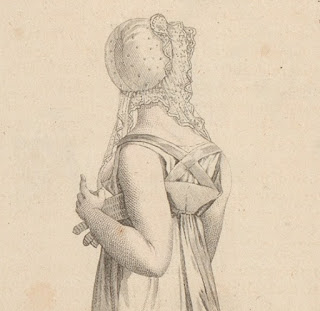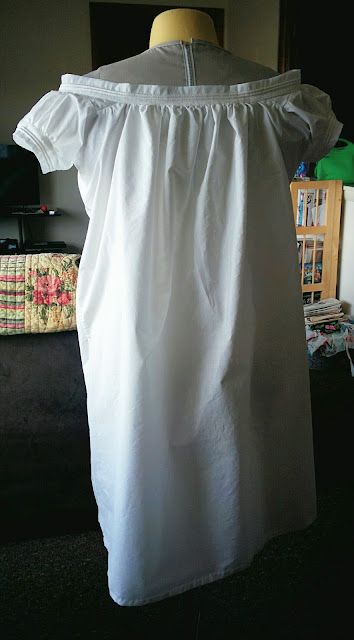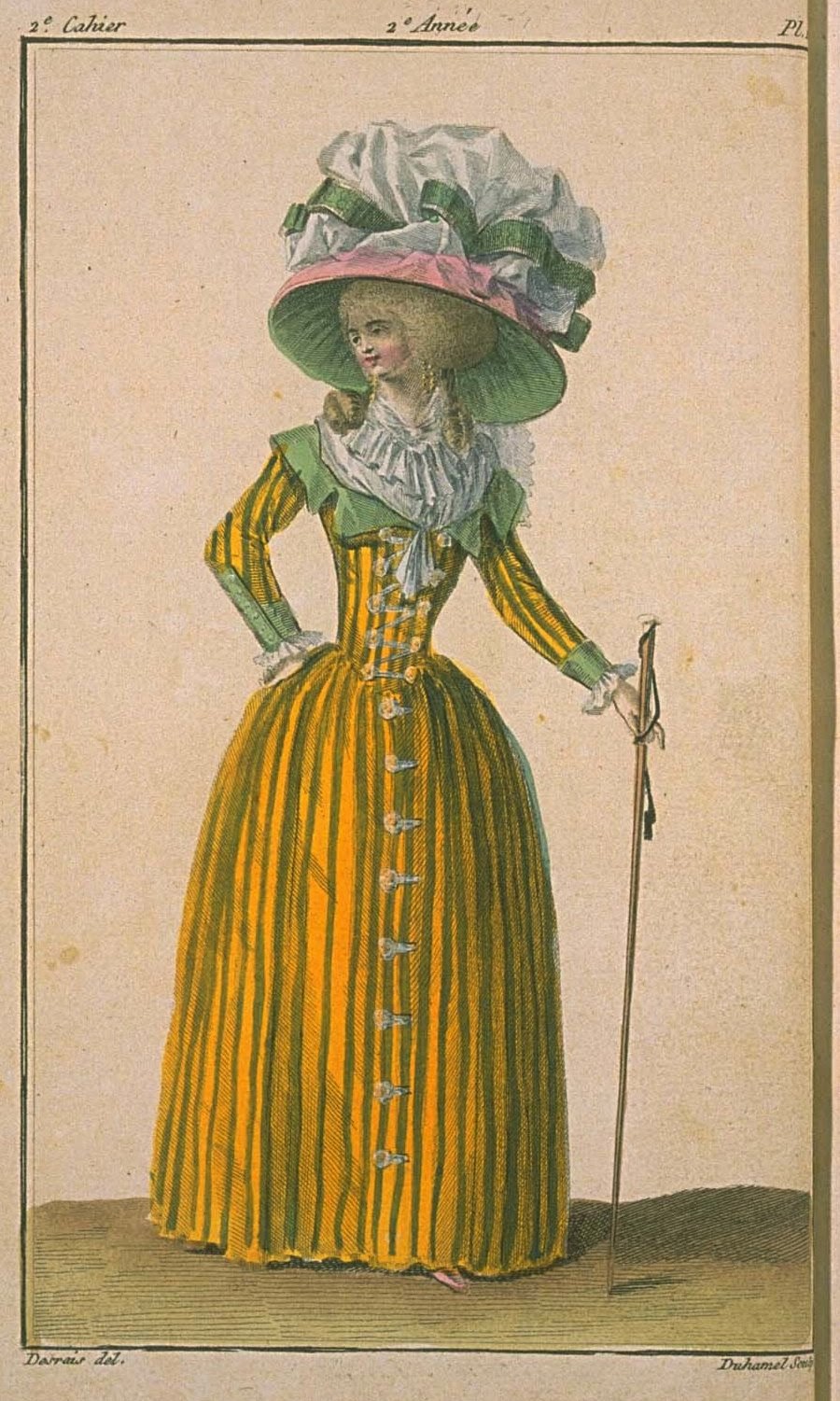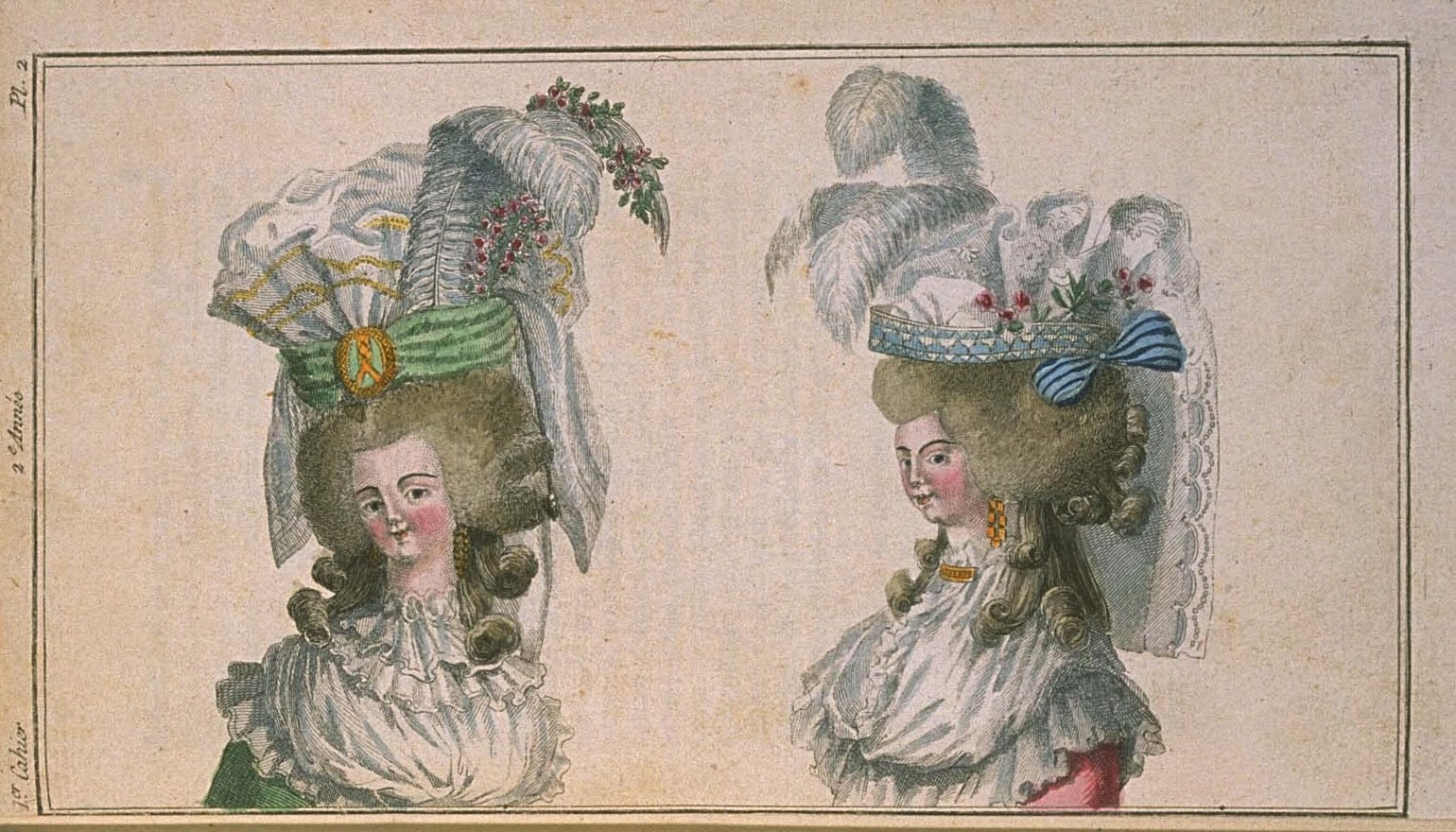Book Review: Our Crowd, by Stephen Birmingham

A little while ago, I came across NetGalley - a site where ARCs and recently published books are made available (generally upon request). There's a good sampling of history books: not fashion history, which I didn't expect to find, but I find social history in general almost as interesting. Clothes are one facet of understanding a time and place, but there are so many other factors. And I find the clothing more meaningful when I have more context to place them in. The first book I went for was Our Crowd: The Great Jewish Families of New York , by Stephen Birmingham, originally published 1967 and republished by Open Road in 2015. One reason I picked it is that I'm always fascinated by my own heritage (typical American); another is that there's something about New York. It's not just the city itself, but where it stands in popular culture - especially early twentieth century pop culture, which I consume frequently and which contains a lot of references that I just ...




